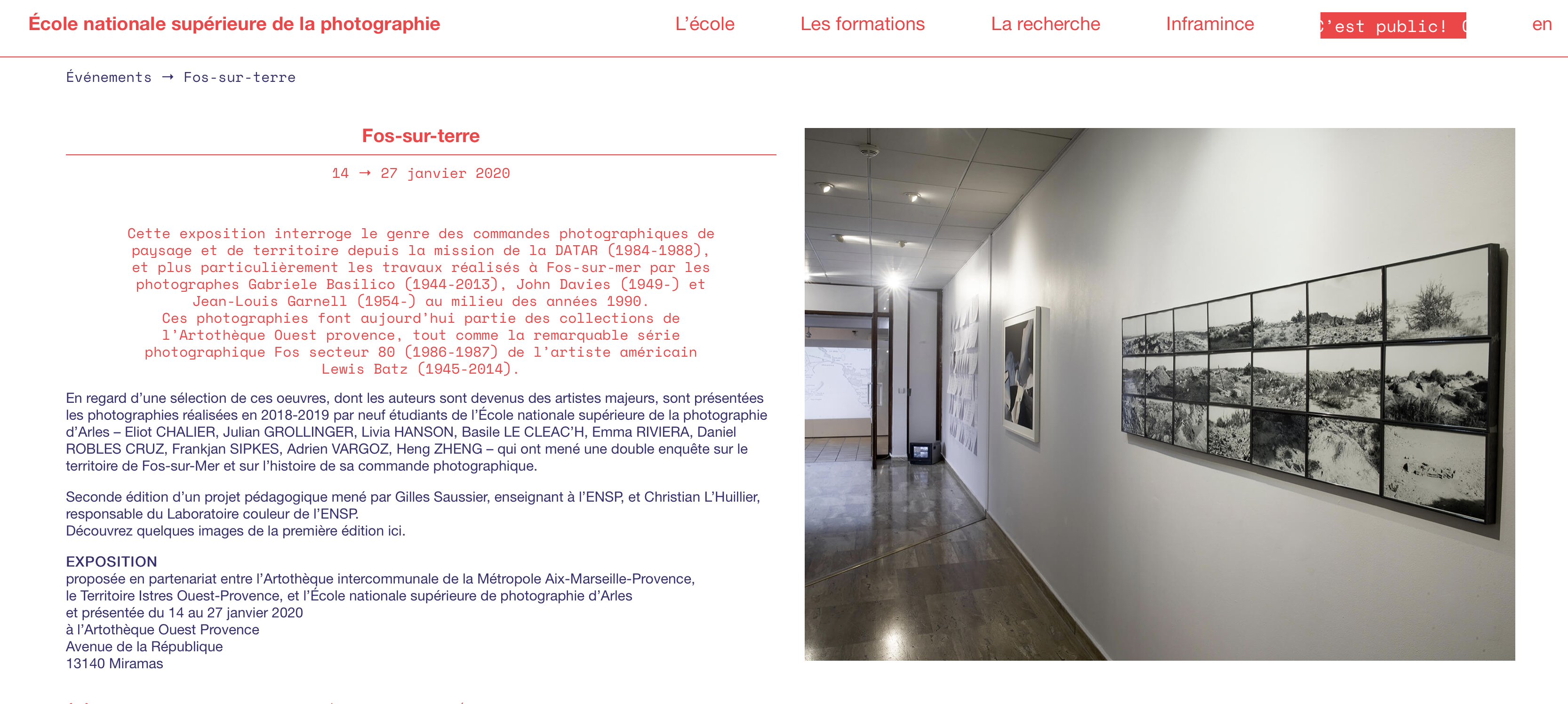

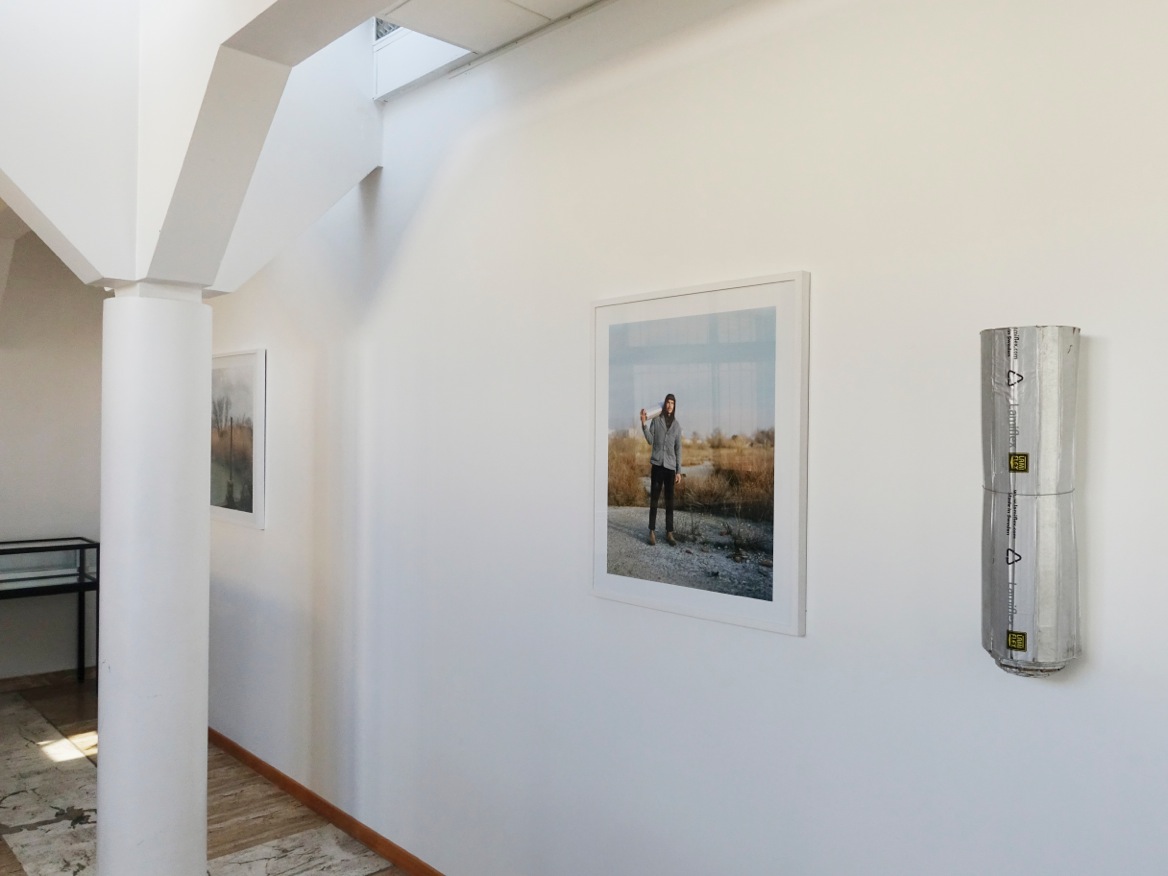
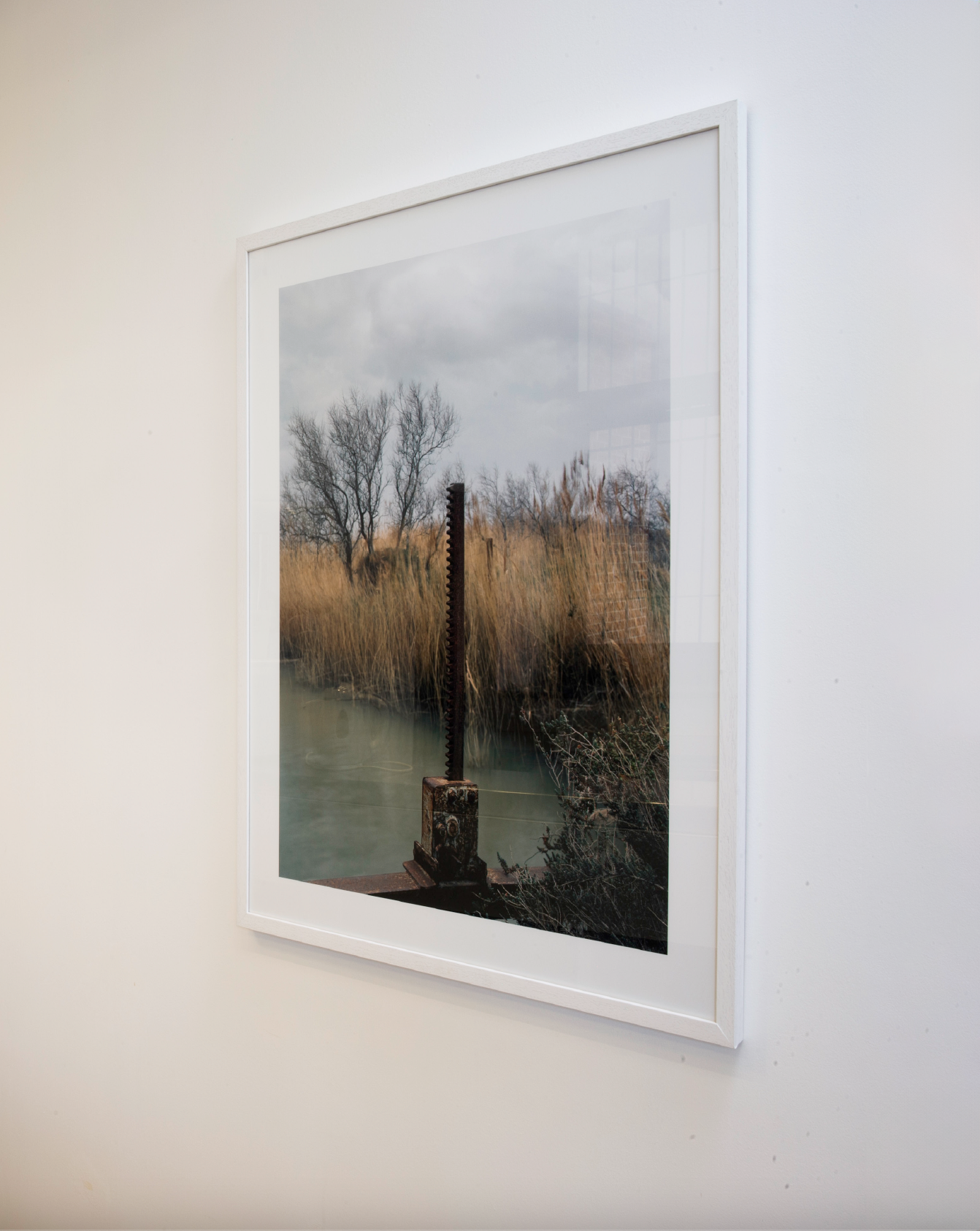
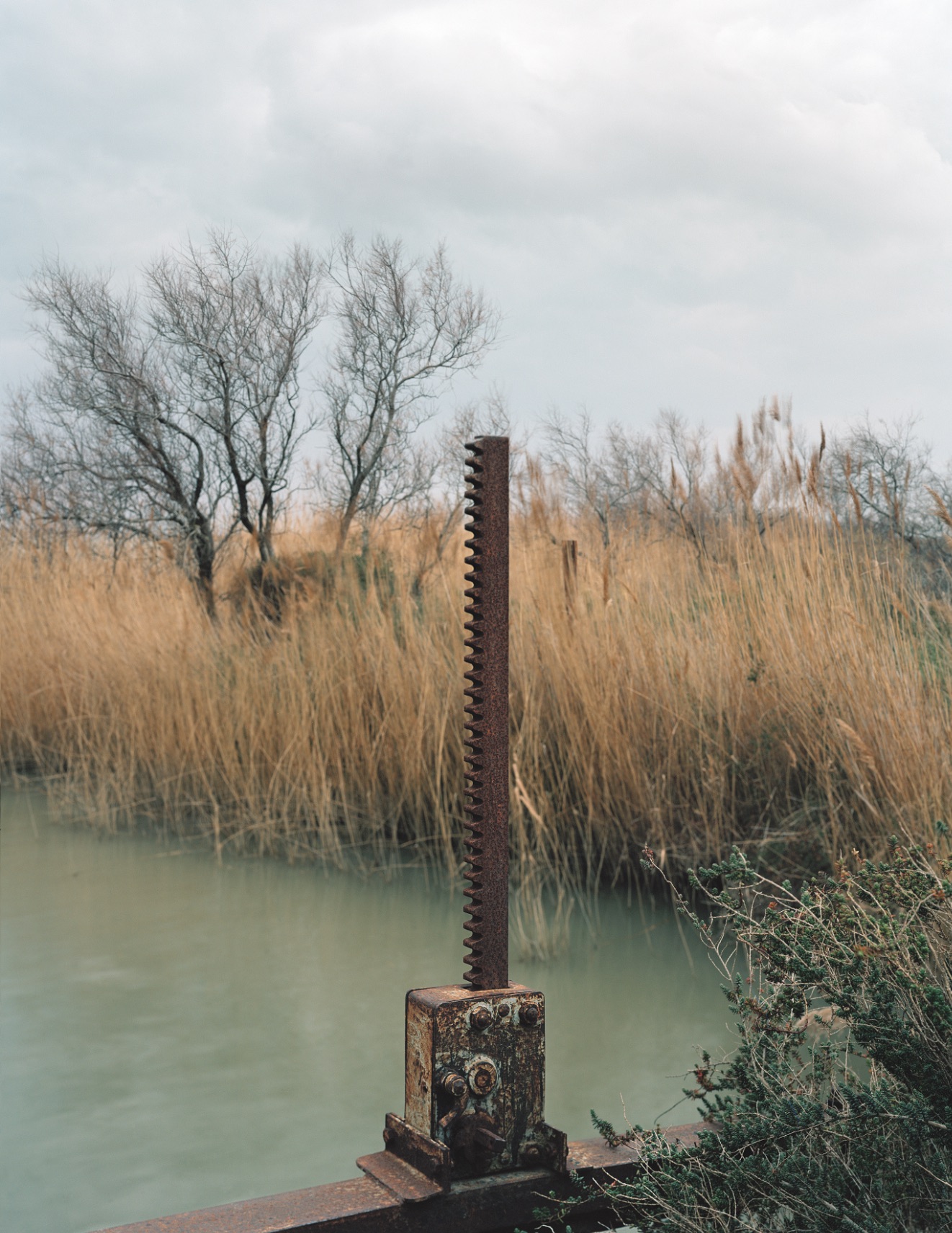

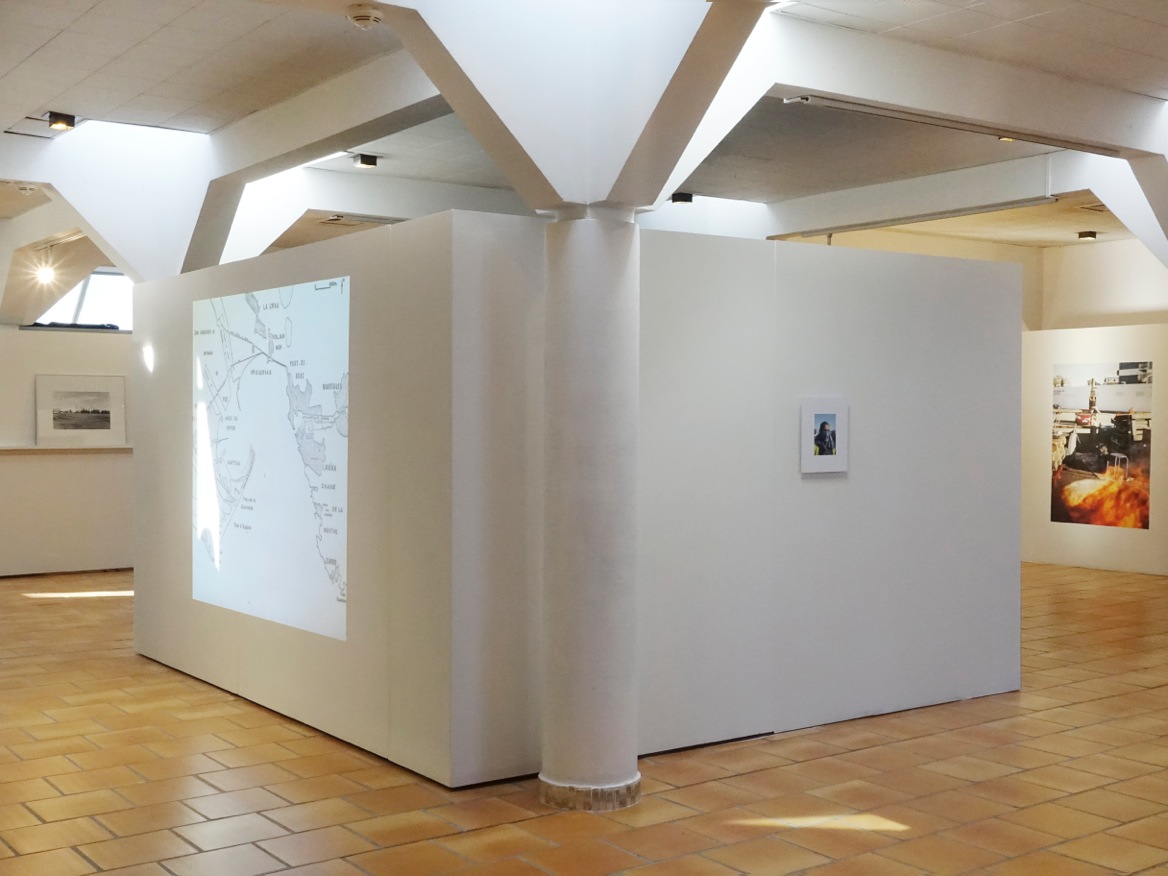


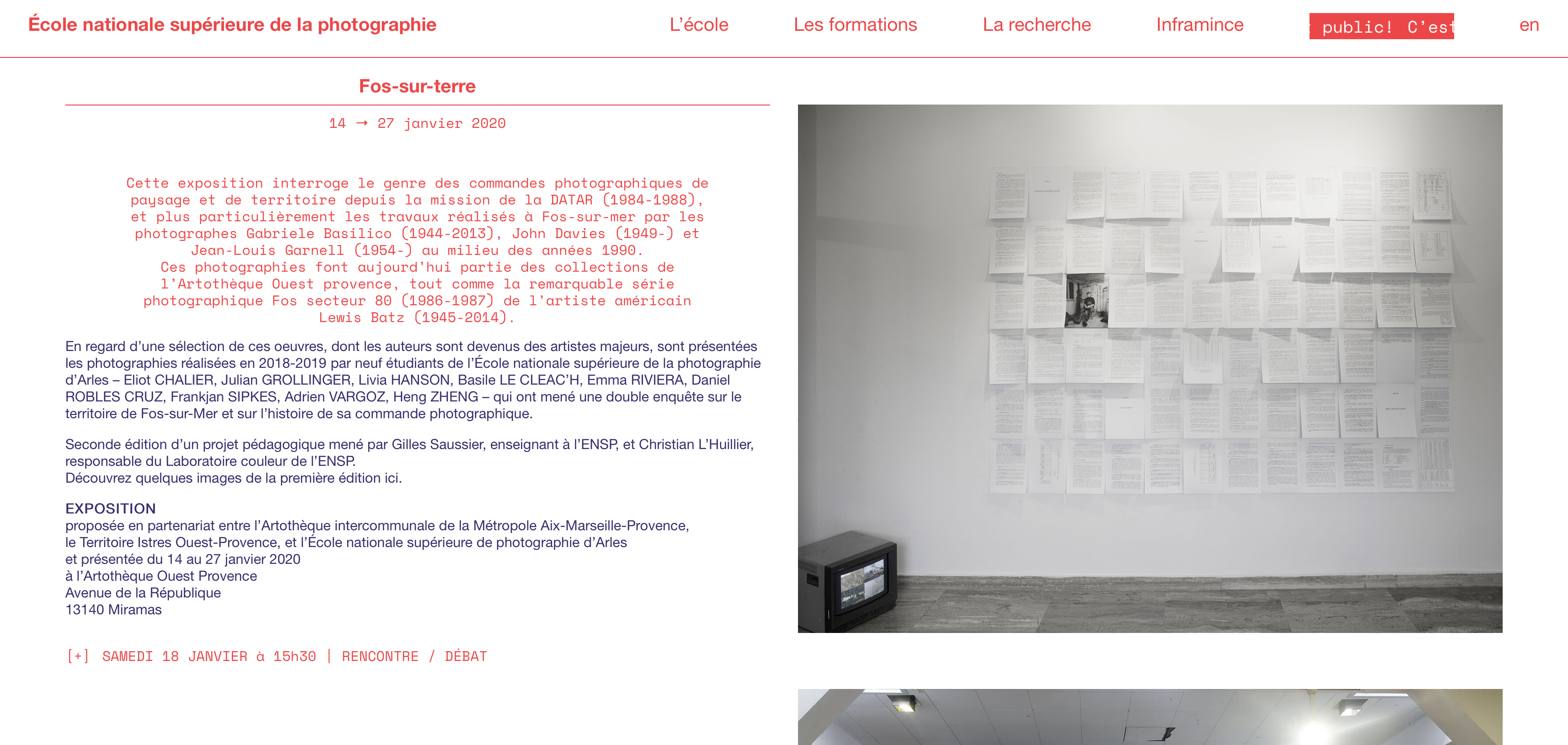



THREE MOVEMENTS
First movement
(slow tempo)
I. THE WETLANDS
II. THE HABITAT - Act I 'The Drowning’
III. THE NEST
IV. THE GUARD At the centre
Middle movement
(fast tempo)
V. THE PORT - where deltas meet
Towards the end
(return to slow tempo)
VI. THE HABITAT - Act II 'The last one’
VII. THE TOOL
VIII. THE FIGHT
THREE MOVEMENTS
First movement
(slow tempo)
I. THE WETLANDS
II. THE HABITAT - Act I 'The Drowning’
III. THE NEST
IV. THE GUARD At the centre
Middle movement
(fast tempo)
V. THE PORT - where deltas meet
Towards the end
(return to slow tempo)
VI. THE HABITAT - Act II 'The last one’
VII. THE TOOL
VIII. THE FIGHT
(slow tempo)
I. THE WETLANDS
II. THE HABITAT - Act I 'The Drowning’
III. THE NEST
IV. THE GUARD At the centre
Middle movement
(fast tempo)
V. THE PORT - where deltas meet
Towards the end
(return to slow tempo)
VI. THE HABITAT - Act II 'The last one’
VII. THE TOOL
VIII. THE FIGHT
I. THE WETLANDS
On wet ground, I feel like I am in my lowlands again, born out of the delta.
I become once again that fluid, volatile material, carried and deposited by the current.
From one critical zone to another, my notebooks
in the Rhône and Durance deltas are so many fine sedimentary layers
intimately intertwined. Notes, reflections, photographs and videos form a single ecosystem.
In my own way, I too do the work of the delta:
they are called the deltawerken in my native tongue.
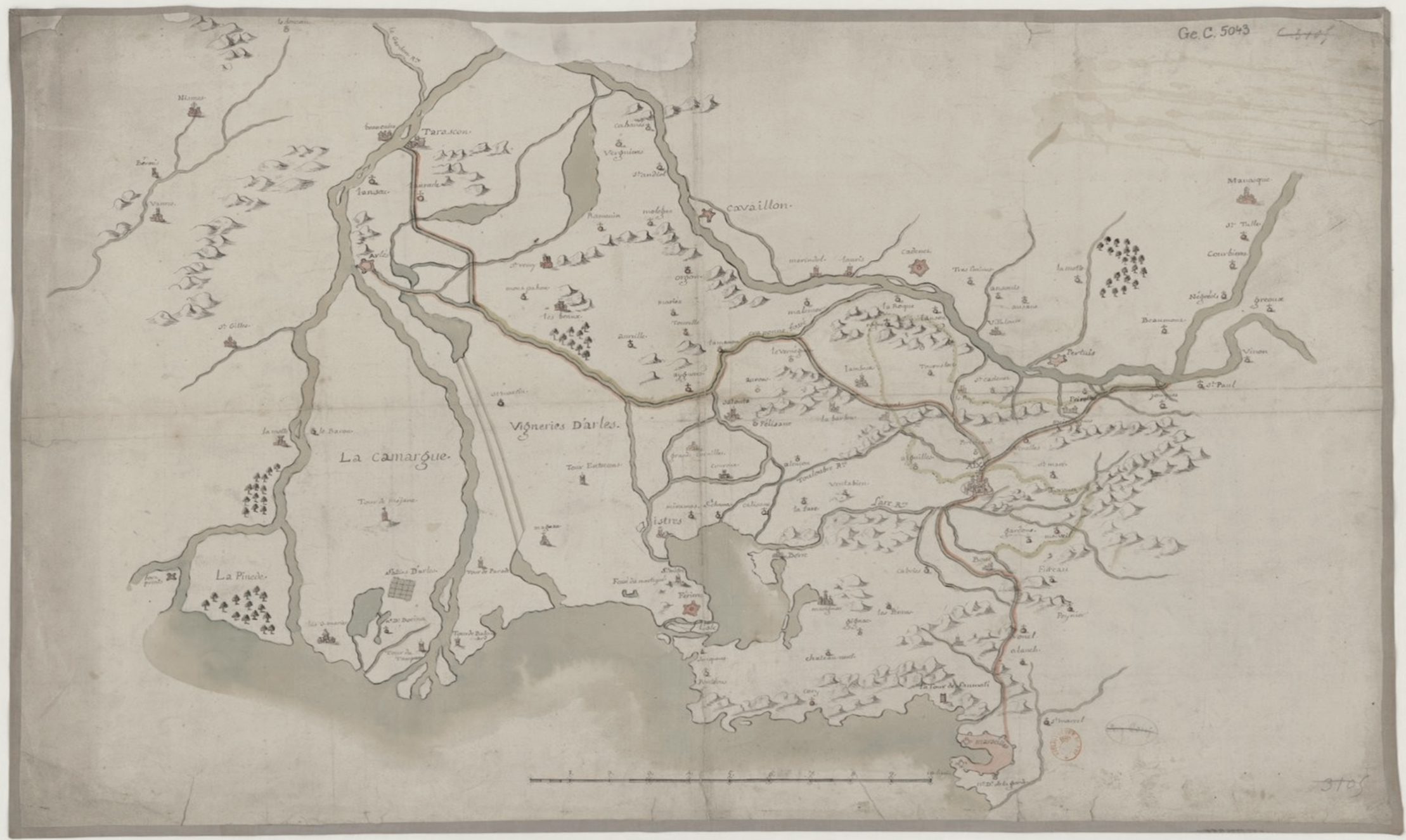

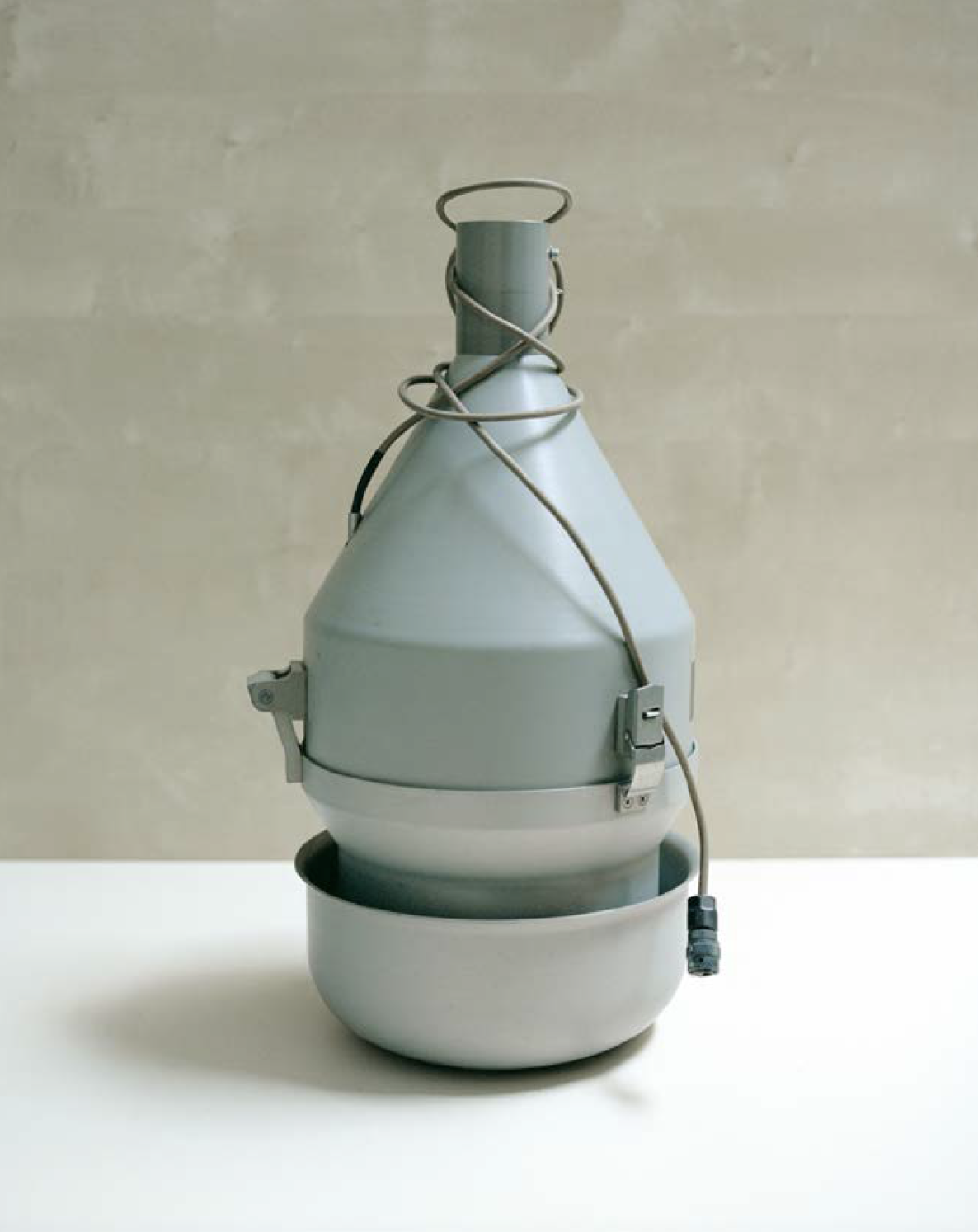



Roman structure of the wetlands, first mass industralisation with the Canal of the Roman General Gaius Marius,
it would later disappear between Arles and Fos-Sur-Mer.
Here lay the lowest lands of France. Later to become the biggest industrial port of the Mediterranean.
Screen capture of Otello and his iron rod, who found the Roman Canal that had disappeared,
the first mass portuary industrialisation of a wetland, with his own instruments.
SIPKES. Silver Print. 20 x 30. Instrument of Eco Citizin meassurement for portuary territory, device capturing trace elements.
SIPKES. Pigment print, 30 x 20. Eels bein, monitoring of habitat health.
II. THE HABITAT - ACT I 'THE DROWNING’
#5 In the wet valley
The Camargue is an emblem of the nature and culture of the territory. Framed by the Alpilles, the massifs of Marseille and the costières of Nîmes, the Camargue is as much a valley as it is a wetland. Just outside the oasis of the Marais du Vigueirat, it abruptly meets the plain of the Crau, born of the Durance river, it is last arid steppe in Europe. But the absense of humidity is just a trick on the eye. The valley as a whole forms, according to the indicative species,
a majestic unnamed wetland.
#6 Deltanians, are we?
Summer in Arles is overwhelming, a tipping point for global warming. Imagine my disillusionment at being banned from swimming in the river pollution and the dangerous currents channelled by the dykes. The dykes themselves, which are brand new, are no longer accessible. Who still feels 'Deltanian' here?
A term that doesn't yet exist.
#7 Same species
Walking with local ornithologist Thomas Galewski,I noticed that the migratory birds were the same as in the delta in the Netherlands. The world's different deltas are home to similar species, spaces and networks.
Animals and plants, migratory or not, invasive or not, are in tune with the flat country that is my origin. I also realise that we know little of our own habitat.
#8 From the same spaces
Seen from satellites, the deltas look like a quilt of triangles, squares and zones, stacked layer upon layer upon layer: intensive agriculture, petrochemical industries, trading ports, military bases, logistics centres, parks and nature reserves, and a mix of wild and tourist beaches. Not to mention the cities that rule, or have ruled, the world.
#9 Caught in the net
For networks (petrochemicals, gas, water[1] , electricity, hydraulic infrastructures), the delta has the particular talent of replicating its own mesh. Like an early state of the ecosystem, these networks swarm, underground and above ground, even in the sea. They in someway unvoluntarily resemble the veins of leaves, the roots of canopies, the lungs of a cybernetic body, of times past, pushed by the currents of the delta.
[1] 750 Million M3 per year to compensate for diking alonein the Camargue alone, source EOP.
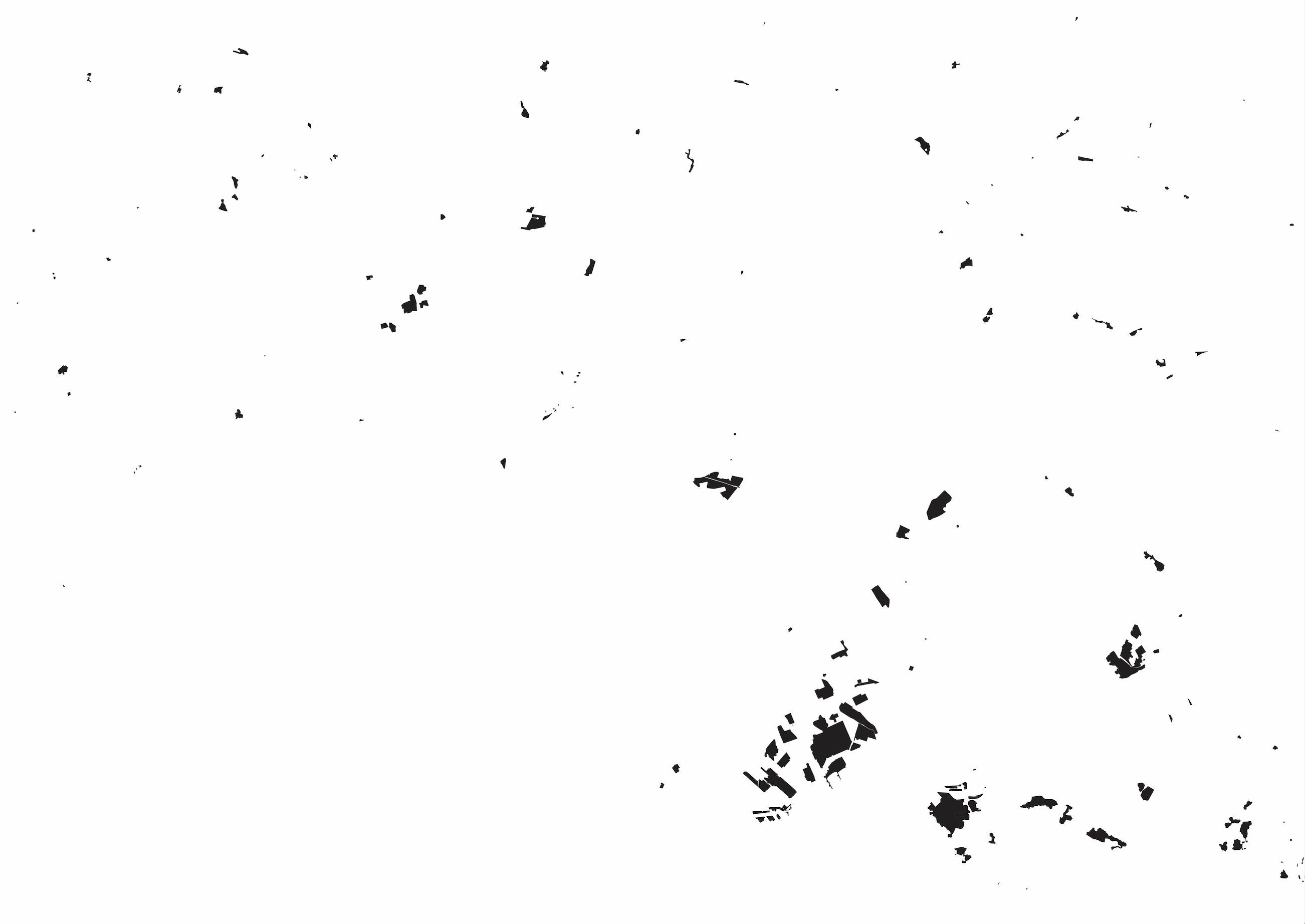

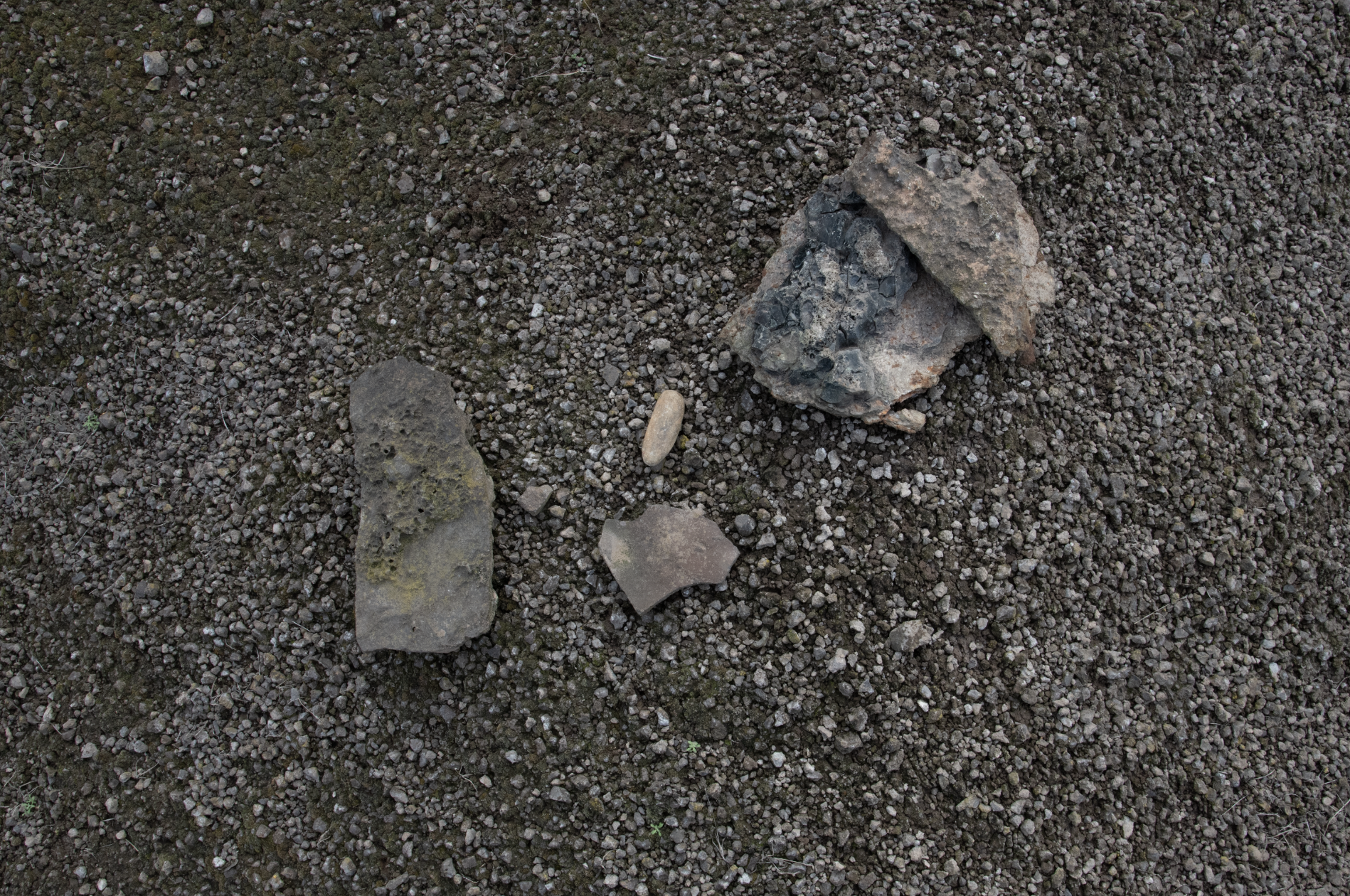
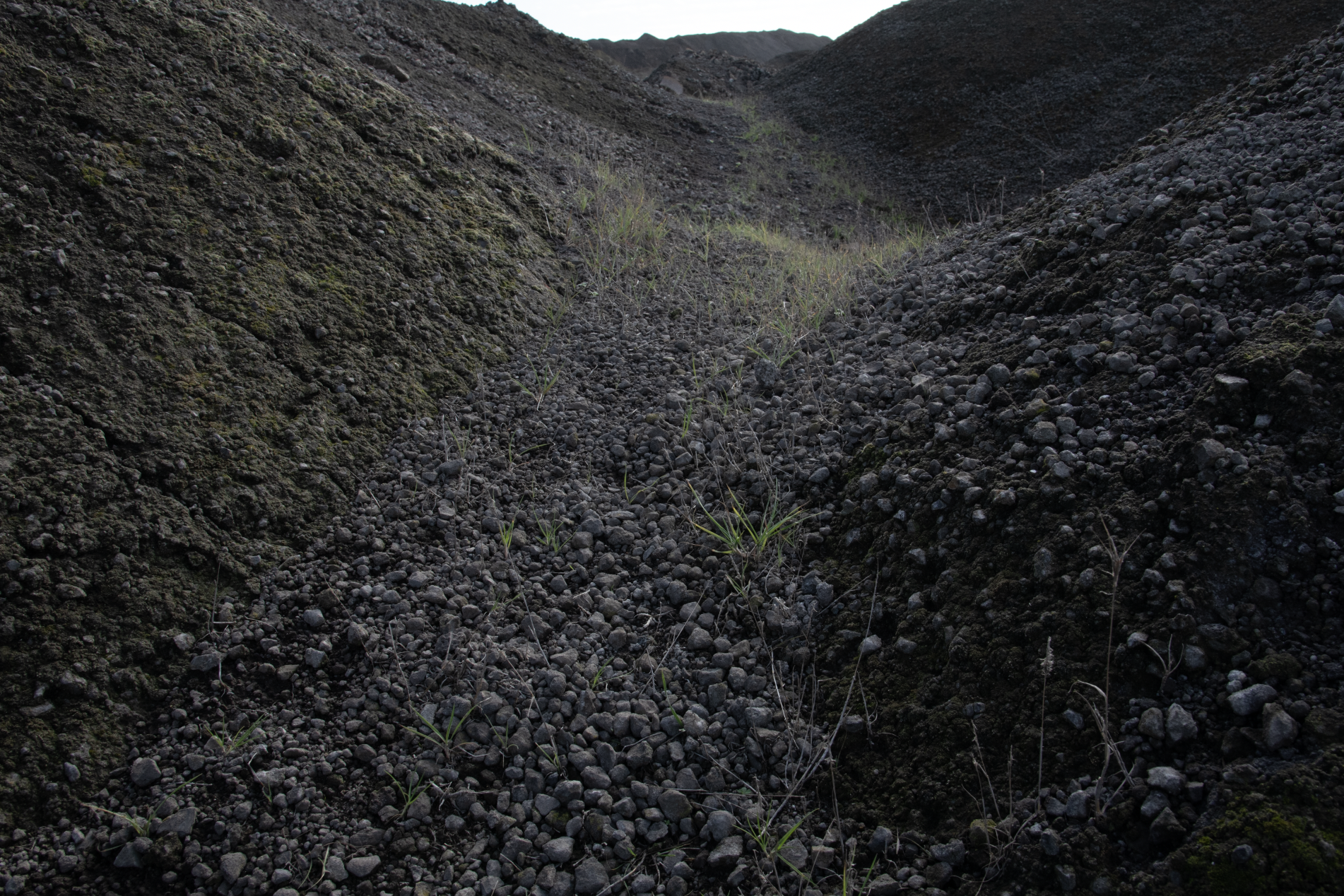
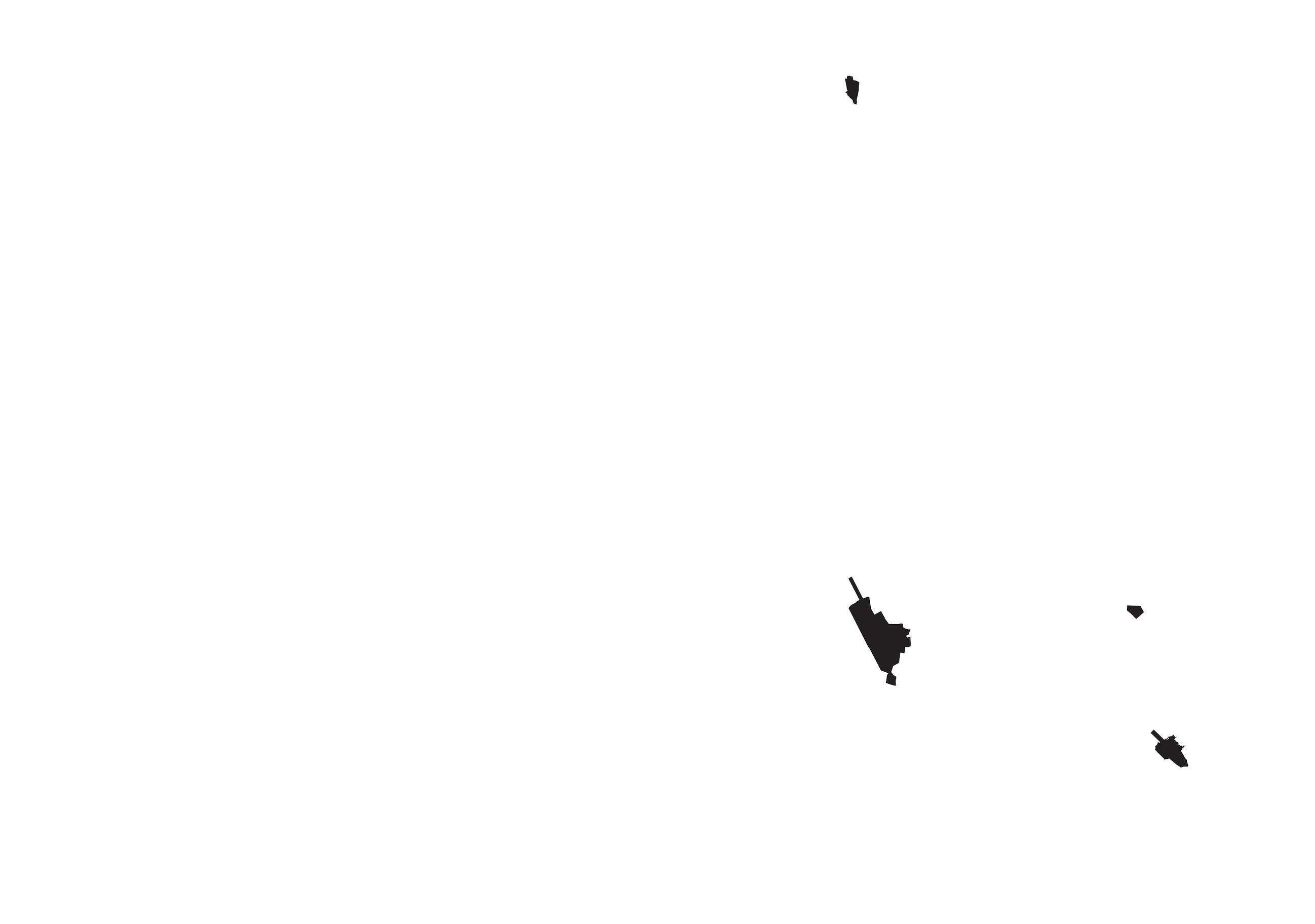

Rendering rouge, source : Reserves naturelles de France.
Rendering noir : Militaro-industriel, source TM‘20.
III. THE NEST
#10 The wild man's nest
Seperated from them, I have to look at those same satellite images,
to see how those deltaic currents collide, with such force that the trajectories remain visible on the seabed. Like coral reefs, deltas are fragile and vital. They are also the most biomass-producing places on the planet. I don't think we are aware that we once too had 'tropical forests'; now that mankind has built the largest
of its ports on such deltas and estuaries.
#11 Triangle is a square
If the land part of adelta is triangular - like the 'fossil' delta of the Durance - the Camargue delta has gradually sunk into the Mediterranean Sea. It is said to be lobed.
If we add the prodelta, the submerged part, it forms a second triangle
of sediments on the seabed, you get a perfect square.
#12 Where the products are born
The port is the first port of call for everything that becomes artificial and refined. This is where our resources and digital purchases transit. At a time of post COP21 ecological commitments, the Mediterranean's biggest logistics hub is being built on the last remaining and the last arid steppe of our continent. And in the midst of public confinement, these networks, which are considered essential, remain active 24/7.
IV. THE GUARDIAN
#13 We don't live there anymore.
It's hard to find what this delta once ressembled. Researchers and guardians lead me to the lake of the Vaccarés at the centre of the Camargue. They take advantage of the sunrise to count the species. Apart from ancestral grazing and the current lack of river water the area is close to what we could call a primary state of delta. But it is a off-limits reservation or of private property. Even its researchers no longer live there.
#14 Closed reserves
Despite everything, this vast space of reds and greens, with the mountainous structures in the distance, transports me to the savannahs of Tanzania. The ornithologist looks at me surprised, then says, "Yes, it's amazing how we no longer realise how much our landscapes can resemble to what we expect to find far away".
#15 Only species.
A third of the species are threatened with extinction, it may get worse. While I walk here, few species are extinct in such wetlands[1]. Yet, populations have been halved since 1960, excluding invasive species encouraged by monocultures. So I understand that endangered species do not easily leave their habitats, despite their pollution. With the “headcount” of genders and species intact, things seem the same, people think its business as usual.
[1] Terminology Tour du Valat Camargue '18.
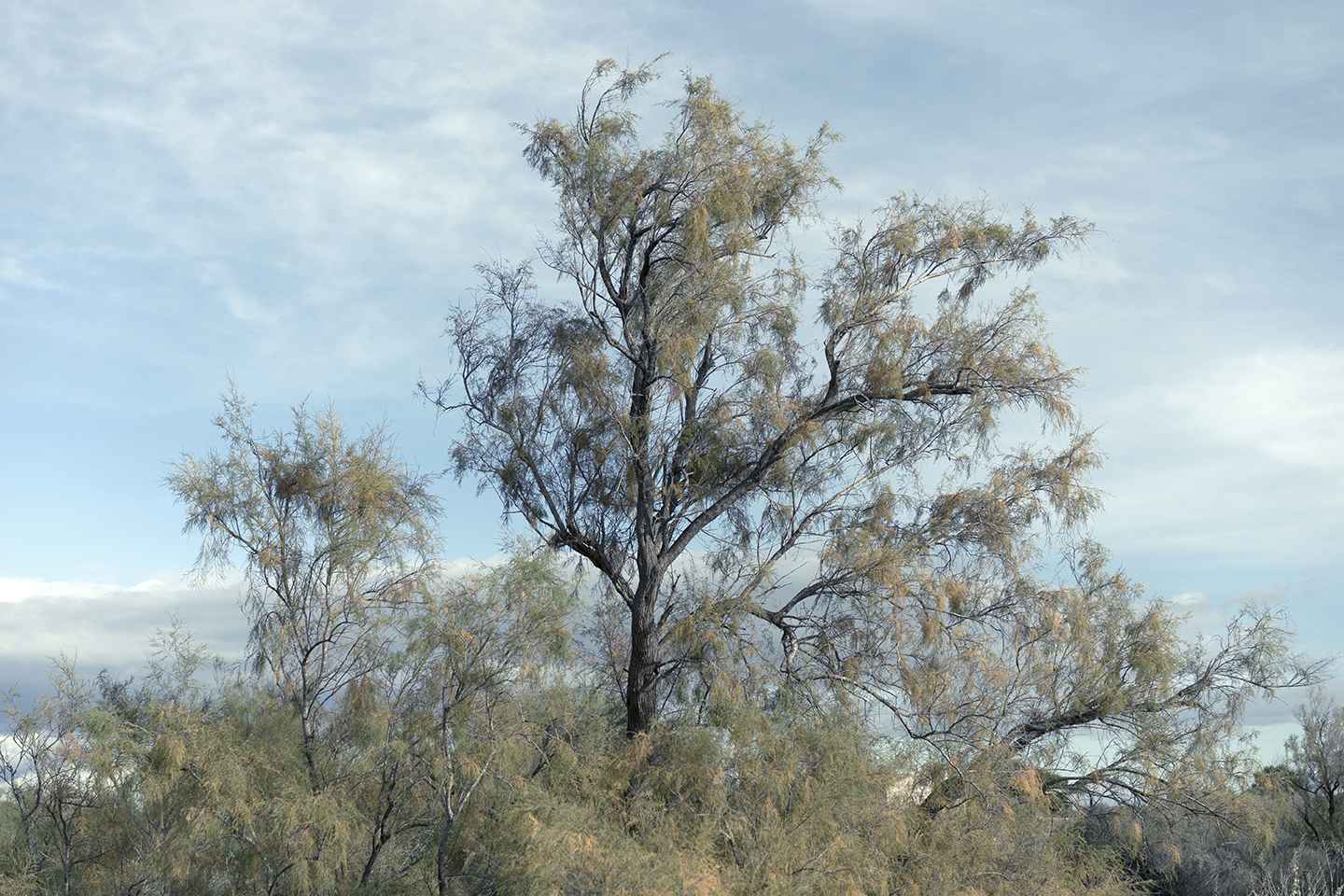
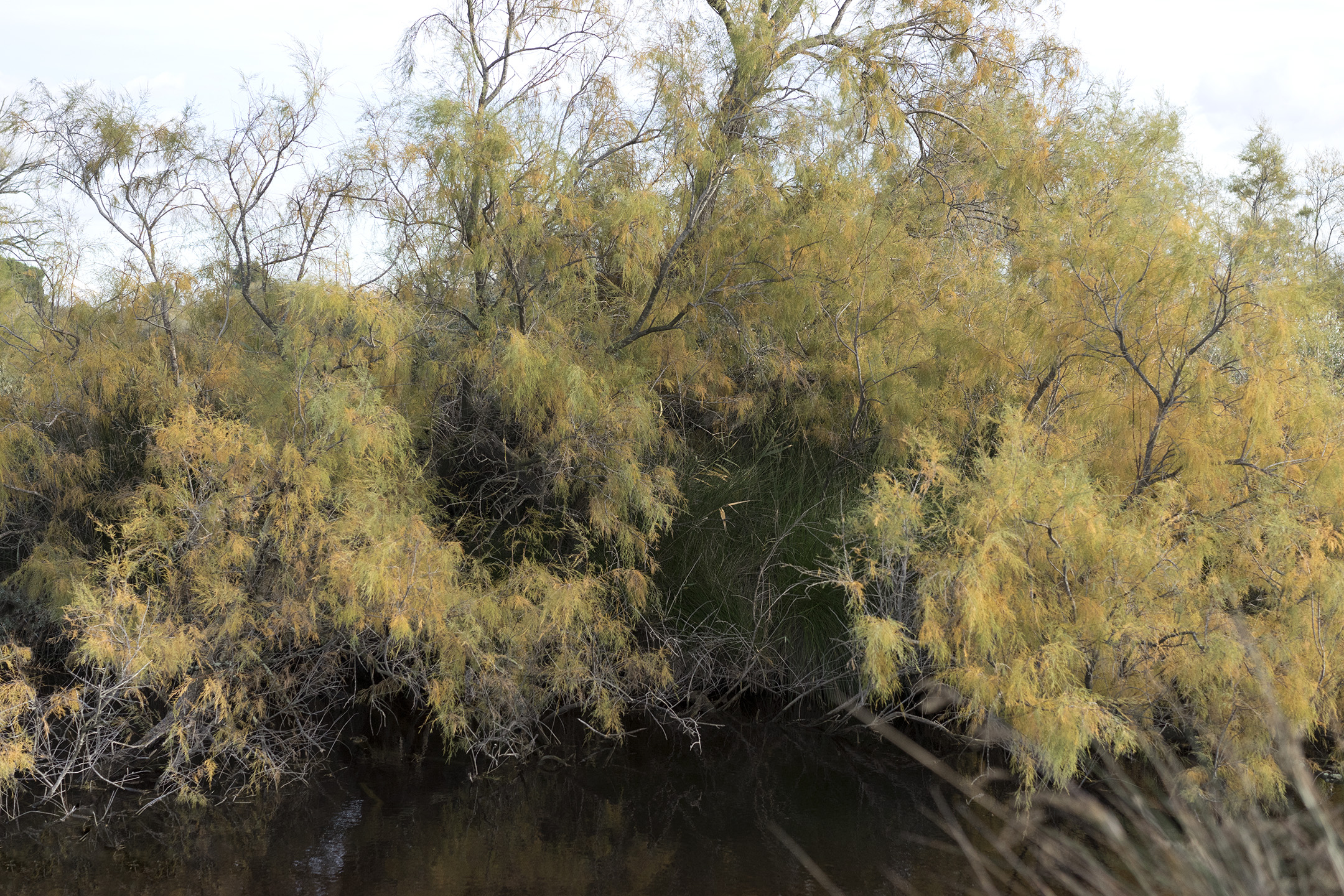
SIPKES. 52x36cm. SILVER PRINTS. SWAMP TREES.